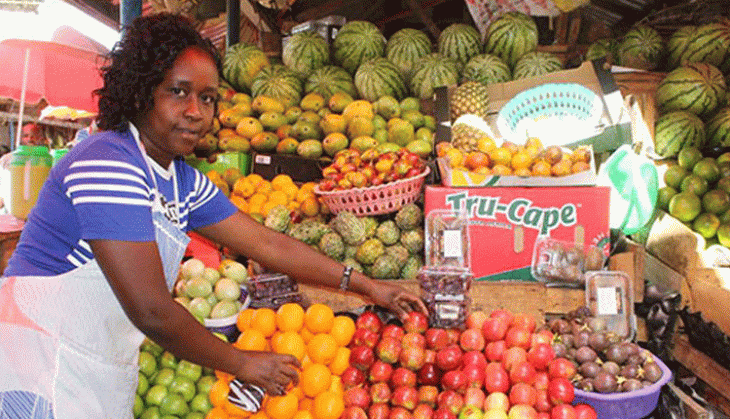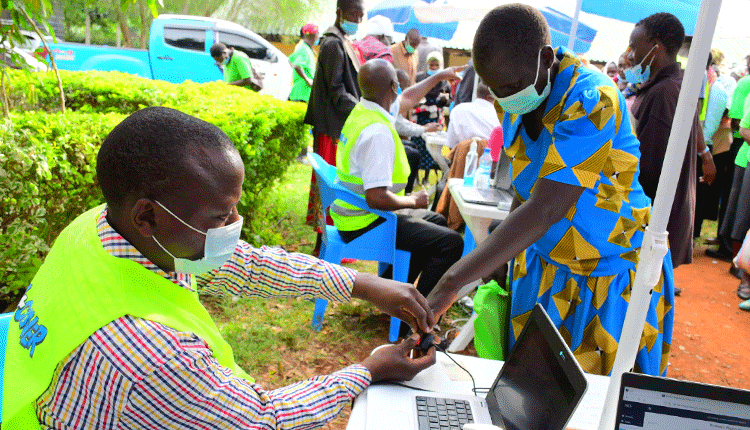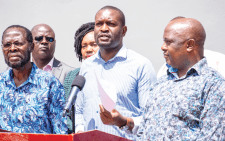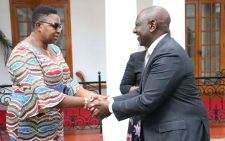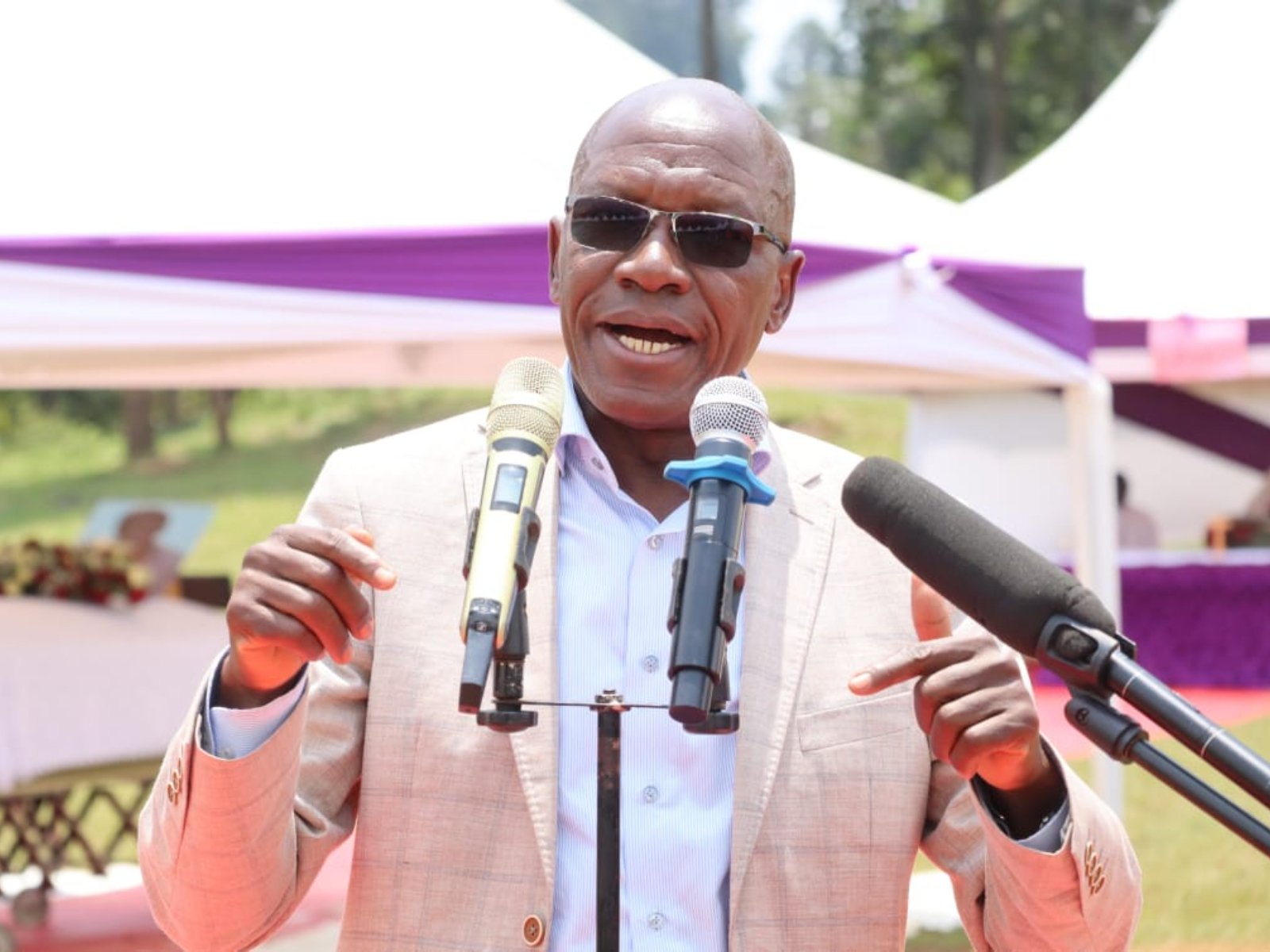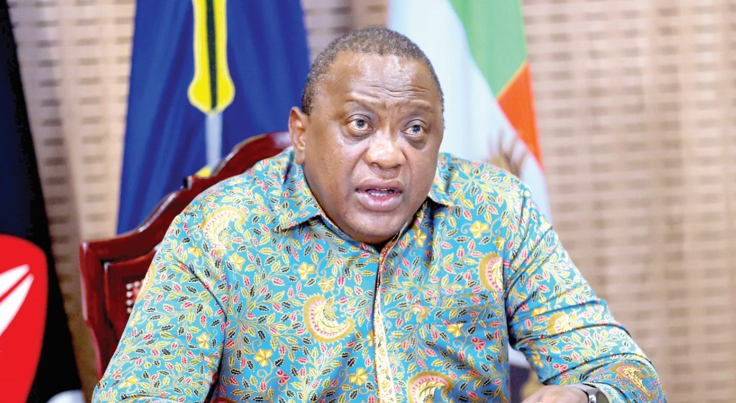Even healthcare has gone virtual
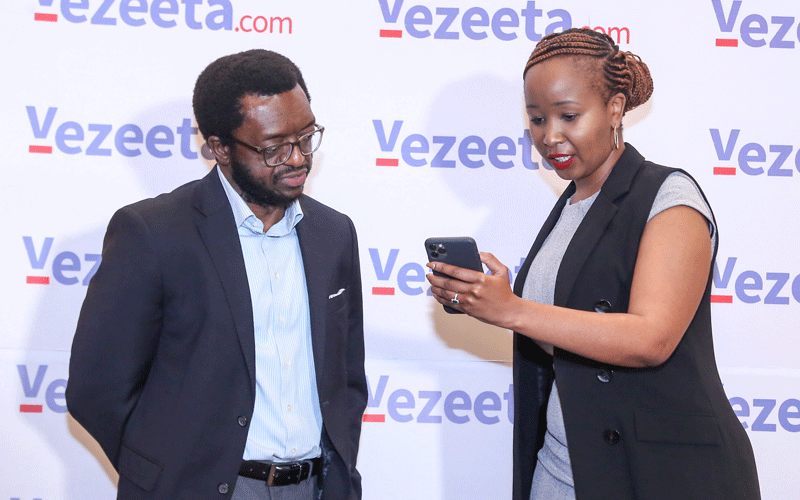
Milliam Murigi @millymur1
Despite sustained economic and social development in Kenya over the last decade, lack of accessibility to quality healthcare services continues to grapple patients across the country.
According to recent data from the World Bank, there are only two physicians per 10,000 people across the nation, illustrating the disparity in access to doctors, particularly in rural areas.
The scarcity of doctors, amplified by the average travel time of up to three hours to visit the nearest healthcare facility, and long waiting periods to see a doctor, add to the urgent need for digital transformation and disruption within the existing healthcare system.
This has led to rapid growth in the development of mobile apps that are bringing doctors together with one goal of serving Kenyans from different backgrounds virtually.
Applications such as Daktari popote, MeDAFRICA, mDaktari and the latest being Veezeta among others have been used in Kenya and are now revolutionising the healthcare ecosystem by improving communication, efficiency, and quality of the service.
For instance, through a phone or video consultation, patients can bypass the long waiting hours, and avoid the hassle and cost of travel to a clinic or hospital.
Also, patients can find a suitable doctor at their convenience, facilitating instant medical responses for patients who have limited mobility or live in underserved communities.
“From March to date, we have facilitated over 50,000 telehealth consultations on our platform across the six countries we are operating in.
We fully expect to see the number of teleconsultations continue to increase as people discover how convenient it is and the opportunities it provides to access healthcare, seamlessly,” said Nana Frimpong, Vezeeta Vice President for Africa.
In the past four months, Vezeeta’s presence in Kenya has seen a 50 per cent growth in month-on-month bookings, attesting to the demand and need for digitalisation of the existing healthcare system.
Nana adds that such applications not only benefit patients but also the physicians because they can finally monetise remote consultations they have already been providing practically for free regularly.
Alternative means
“Vezeeta’s newly launched Primary Care teleconsultations enable instantaneous access to medical experts, without an appointment and with a minimal waiting period, bringing real-time access to doctors, from the comfort and safety of the homes of patients.
This is a lucrative tool for all modern healthcare entities and has empowered caregivers to create a clinic-like healthcare journey for patients from the safety of their homes,” he says.
Though telehealth provides an alternative means for patients to access medical advice from licensed doctors, Nana says it is not yet time for doctors to close their physical locations since both mediums (in-clinic and virtual doctor consultations) will remain complimentary for some time to come.
The reason is that some specialist appointments may start virtually and finish in the doctor’s physical consultation room.
Still, some doctor appointments may begin in the physical consultation room and continue virtually, especially in the case of chronic patients.
Doctor Brian Nduhiu, Founder of Ionix company that deals with medical insurance management say although such applications offer a good number of benefits, lack of government regulation is a real challenge and if nothing is done, quack doctors might find their way on to such applications and new players in the field might end up unable to use these platforms.
“To curb this, there is need for proper government regulation to protect the interests of the consumer. It should not be too limiting to close out new players in the field,” says Nduhiu.
What are some disadvantages of digital health? Nana says that it focuses mostly on city residents although there are people in the rural settings who also need such services.
He insists that companies/innovators must find ways to expand digital health market access beyond urban and peri-urban locations where internet availability and access to smartphones confer advantages to these residents to the exclusion of their rural compatriots.
This will lead to the expansion of access to quality healthcare among underserved communities that sometimes need care the most, but are least likely to receive it.
“Telemedicine is here to stay and is set to redefine the way people access healthcare in the future.
The Covid-19 pandemic forced providers and players to take a closer look at telemedicine and drove patients to unlock the many benefits it has to offer.
In the past few months, during the initial wave of infections, patient and player adoptions of telemedicine were able to offer a safe alternative to in-person consultations.
At a time when the issue of access and affordability of healthcare have been particularly central to the global discourse, telemedicine has been used to address these challenges,” adds Nana.
Seamless experience
Though people think that there is no need for so many applications serving the same purpose, Nduhiu says the more the better as patients will have an opportunity to select the app that best meets or exceeds their expectations.
Apart from that, competition, within the health technology space will foster an environment of continuous improvement, which is a good thing for patients
“With different applications, patients will have the power to choose the doctor, health practitioner, or hospital that meets their needs. Also, more doctors will be able to provide their services virtually,” he adds.
Digitisation of healthcare in Kenya, Nana says, is in line with the Sustainable Development Goals (SDGs) especially SDG 3 which aims to tackle the rise of non-communicable diseases, improving local healthcare infrastructures, and bring value-driven solutions to Kenyan patients, at their fingertips.
“By building a digital healthcare ecosystem, innovations will be able to drive improved health outcomes through personalised and seamless experiences for its patients,” said Nana.

